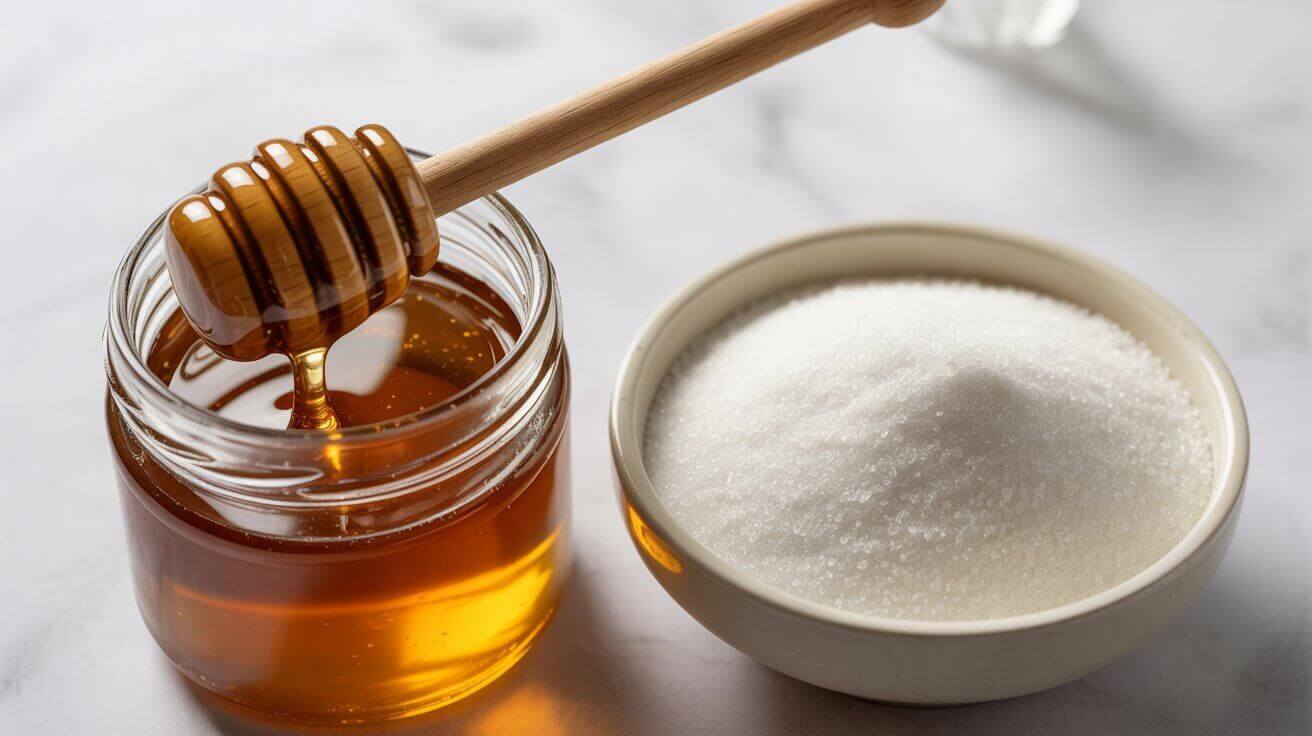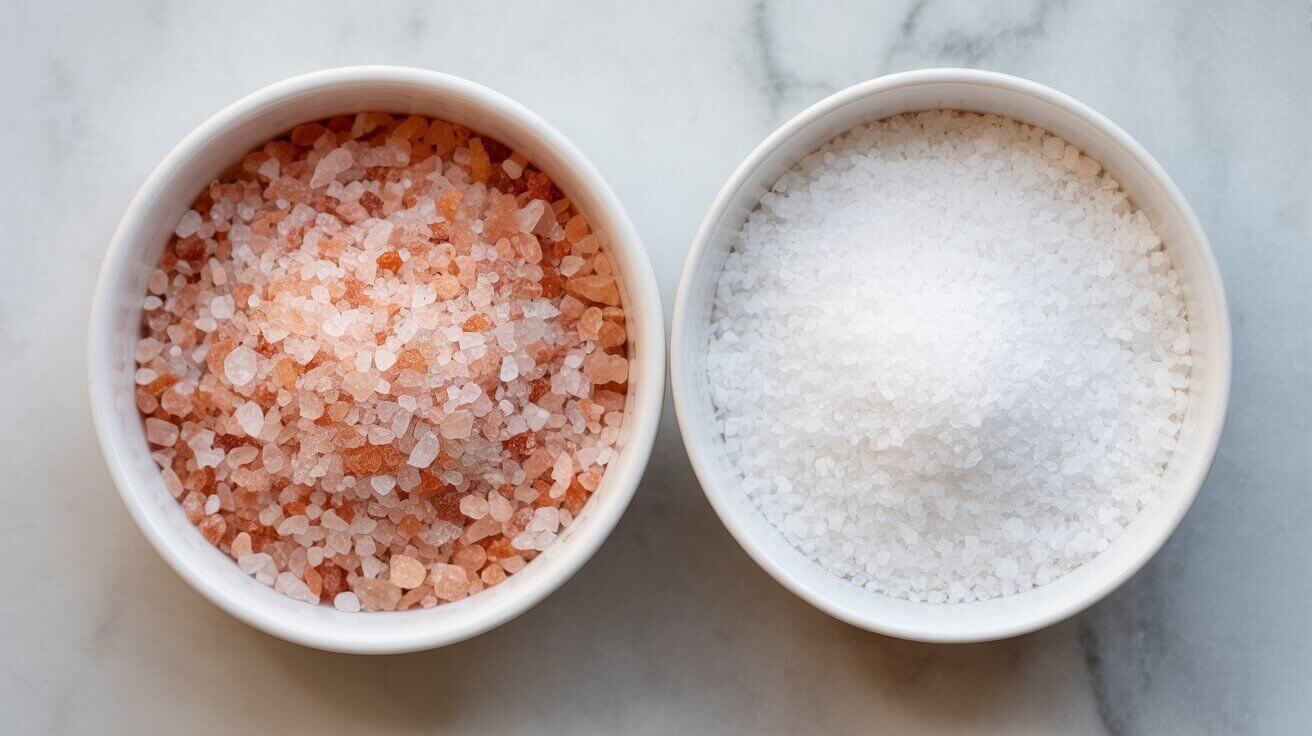That familiar feeling: a delicious ice cream cone on a summer day, a creamy latte to start your morning, or a cheesy slice of pizza with friends. For many, these are simple pleasures. But for millions of Americans, they can be the prelude to a familiar and unwelcome series of events: bloating, gas, stomach cramps, and an urgent trip to the restroom. If this sounds like your experience, you may be one of the estimated 36% of Americans living with kefir and lactose intolerance.
The good news is that managing this condition doesn’t necessarily mean a lifetime ban on all dairy. A growing body of research points to a surprising ally in the world of fermented foods: kefir. This tangy, probiotic-rich beverage may hold the key to not only better digestion but also reintroducing the nutritional benefits of dairy into your diet, with far less discomfort.
More Helpful Reads You Might Like:
Understanding Lactose Intolerance: When Dairy Becomes a Problem
To understand why kefir can be so helpful, it’s important to first understand the root cause of lactose intolerance. The condition stems from the body’s inability to fully digest lactose, the primary sugar found in milk and dairy products.
This digestive challenge is due to a shortage of an enzyme called lactase, which is normally produced in the small intestine. The job of lactase is to break down lactose into two simpler sugars, glucose and galactose, which can then be easily absorbed into the bloodstream for energy.
When there isn’t enough lactase to do the job, undigested lactose continues its journey down the digestive tract into the colon. There, it meets the trillions of bacteria that make up the gut microbiome. These bacteria begin to ferment the undigested lactose, a process that produces gas (hydrogen, carbon dioxide, and methane). This fermentation and the presence of undigested sugar drawing water into the colon are what lead to the classic symptoms of lactose intolerance:
• Bloating and Gas: The direct result of gas production by colonic bacteria.
• Stomach Cramps: Caused by the stretching of the intestinal walls from excess gas and water.
• Diarrhea: Occurs when the undigested lactose pulls excess water into the bowels.
• Nausea: A common symptom associated with general digestive distress.
It’s important to note that lactose intolerance is different from a milk allergy. A milk allergy is an immune system reaction to milk proteins, which can cause symptoms like hives, wheezing, and even life-threatening anaphylaxis. Lactose intolerance, while uncomfortable, is a digestive issue and is not life-threatening.
There are several types of lactase deficiency. Primary lactose intolerance is the most common form, where lactase production naturally declines after infancy. This is genetically determined and more prevalent in certain ethnic groups, including individuals of African, Asian, Hispanic, and American Indian descent [1]. Secondary lactose intolerance can occur temporarily due to an illness, injury, or surgery that affects the small intestine, such as celiac disease or Crohn’s disease.
For those affected, the solution often seems to be a strict avoidance of dairy. However, this can lead to a lower intake of important nutrients like calcium and vitamin D, and for many, it means missing out on beloved foods. This is where kefir enters the picture, offering a scientifically-backed alternative.
What is Kefir? The Probiotic Powerhouse
Kefir is a fermented milk beverage with a tart, slightly effervescent taste, often described as a drinkable yogurt. Its origins trace back centuries to the Caucasus Mountains, where it was traditionally made by adding “kefir grains” to milk and allowing it to ferment.
These are not grains in the conventional sense, like wheat or rice. Instead, kefir grains are a symbiotic culture of bacteria and yeasts (SCOBY) living in a polysaccharide and protein matrix, resembling small cauliflower florets. This complex community of microorganisms is what makes kefir a potent probiotic source, far more diverse than yogurt.
While yogurt fermentation typically involves a few strains of bacteria, kefir can contain over 50 different species of bacteria and yeasts [2]. The primary bacteria are from the Lactobacillus genus, which are responsible for converting lactose into lactic acid. This process not only contributes to kefir’s tangy flavor and preservation but is also the first step in why it’s so well-tolerated by those with lactose intolerance.
During fermentation, these microorganisms work together to transform the milk:
1.Lactose Consumption: The bacteria and yeasts in the kefir grains consume a significant portion of the lactose in the milk, using it as fuel for fermentation. This naturally lowers the lactose content of the final product before it even reaches your glass.
2.Enzyme Production: Crucially, the microorganisms in kefir produce their own enzymes, including β-galactosidase—the very enzyme that is deficient in individuals with lactose intolerance [3].
This combination of reduced lactose and the presence of beneficial enzymes makes kefir a unique and promising food for those who struggle with dairy.
The Science: How Kefir Helps Digest Lactose
The idea that a dairy product could be good for lactose intolerance might seem counterintuitive, but the science behind kefir’s benefits is compelling. The magic lies in the live and active microorganisms it contains, which essentially give your digestive system the tools it’s missing.
Two primary mechanisms are at play:
1. Reduced Lactose Content: As mentioned, the fermentation process itself significantly reduces the amount of lactose in kefir compared to regular milk. The bacteria and yeasts use lactose as their energy source, breaking it down into lactic acid and other compounds.
2. Active Enzymes: This is the most critical factor. The probiotic bacteria in kefir, particularly strains of Lactobacillus, produce the enzyme β-galactosidase. This enzyme is functionally equivalent to the lactase enzyme that is lacking in individuals with lactose intolerance. When you consume kefir, you are also consuming this enzyme, which then gets to work in your digestive system, helping to break down any remaining lactose [3].
Evidence from Clinical Studies
This isn’t just a theory; it has been demonstrated in clinical research. A landmark study published in the Journal of the American Dietetic Association provided strong evidence for kefir’s effectiveness [4].
In this study, researchers recruited 15 adults with lactose maldigestion and had them consume different test meals: milk, plain yogurt, raspberry-flavored yogurt, plain kefir, and raspberry-flavored kefir. The researchers then measured breath hydrogen levels, a key indicator of undigested lactose reaching the colon, and tracked participants’ reported symptoms.
The results were clear:
Both plain and flavored kefir and yogurt improved lactose digestion and reduced the perceived severity of flatulence by 54% to 71% relative to milk.
The study concluded that the active bacterial cultures in both yogurt and kefir were responsible for the improved digestion and tolerance. Because kefir contains a wider variety of probiotic strains than most yogurts, its potential benefits may be even more robust.
More recent and broader analyses have confirmed these findings. A 2023 meta-analysis that pooled data from multiple studies found that probiotic administration, in general, effectively alleviated the symptoms of lactose intolerance, including abdominal pain, diarrhea, and flatulence [5]. While this study looked at probiotics broadly, the rich and diverse probiotic content of kefir places it in a strong position to deliver these benefits.
In essence, when you drink kefir, you are delivering a team of microbial helpers to your gut. These helpers not only bring their own lactose-digesting enzymes but also contribute to a healthier overall gut environment.
A Practical Guide to Introducing Kefir into Your Diet
Convinced by the science and ready to give kefir a try? That’s great! However, it’s wise to approach it thoughtfully, especially if your system is sensitive. Here are some practical tips to help you successfully incorporate kefir into your routine.
1. Start Low and Go Slow
Even though kefir is low in lactose, it is still a new and powerful probiotic food. Introducing a large amount all at once can sometimes lead to temporary digestive symptoms like bloating or gas as your gut microbiome adjusts. To avoid this, follow a gradual approach:
• Week 1: Start with just one or two tablespoons per day. You can take it on its own or mix it into a smoothie.
• Week 2: If you tolerate the small amount well, increase your intake to about a quarter cup (2 ounces) per day.
• Subsequent Weeks: Continue to gradually increase the amount every few days until you reach a full serving, which is typically about one cup (8 ounces) per day.
This slow introduction gives your digestive system time to adapt to the new influx of beneficial bacteria and yeasts.
2. Choose the Right Kefir
When you’re at the grocery store, you’ll find a variety of kefir options. For the best results, keep the following in mind:
• Go for Plain and Unsweetened: Flavored kefirs can be very high in added sugars, which can feed less desirable gut bacteria and may cause digestive upset on their own. Plain kefir gives you all the benefits without the unnecessary sugar. You can always add your own fruit or a touch of honey at home if you prefer a sweeter taste.
• Check for “Live and Active Cultures”: The label should indicate that the product contains live probiotics. This is the key to its lactose-digesting power.
•Consider Homemade vs. Store-Bought: Store-bought kefir is convenient and a great place to start. However, homemade kefir, made from kefir grains, often contains a more diverse and potent range of probiotic strains. If you become a kefir enthusiast, you might consider making your own.
3. Timing Your Kefir Intake
There is no single “best” time to drink kefir, but some strategies may enhance its benefits:
•With a Meal: Taking kefir with food can help buffer your digestive system and may improve tolerance, especially when you are first starting out.
•On an Empty Stomach: Some people prefer to drink kefir first thing in the morning on an empty stomach to give the probiotics a “head start” in the digestive tract.
Experiment to see what works best for your body. The most important thing is consistency.
4. Listen to Your Body
Everyone’s body is different. While the evidence for kefir is strong, individual experiences can vary. Pay attention to how you feel. If you experience any significant or persistent discomfort, reduce the amount or take a break. Most initial side effects, like mild bloating, should subside within a few days of consistent use.
Conclusion: A Hopeful Path to Better Digestion
Living with lactose intolerance can be frustrating, often creating a sense of limitation and anxiety around food. The fear of discomfort can lead many to unnecessarily eliminate all dairy, potentially missing out on important nutrients and cherished culinary experiences.
Kefir offers a beacon of hope. It is more than just a food; it is a living ecosystem of beneficial microorganisms that can actively work with your body to overcome a common digestive hurdle. By providing the very enzymes your body lacks and simultaneously enriching your gut microbiome, kefir stands out as a powerful, natural, and scientifically-supported strategy for improving lactose digestion.
By starting slowly, choosing a quality product, and listening to your body, you may find that kefir allows you to welcome dairy back to your table. It’s a journey of rediscovery—one that could lead to a more diverse diet, less digestive distress, and a renewed sense of freedom in your food choices.
Medical Disclaimer: This content is for educational purposes only and does not replace professional medical advice, diagnosis, or treatment. Always consult your physician or a qualified healthcare provider with any questions about a medical condition.
Frequently Asked Questions (FAQ)
1. Is kefir 100% lactose-free?
No, kefir is not completely lactose-free, but it is significantly lower in lactose than regular milk. The fermentation process removes a large portion of the lactose. More importantly, the live and active cultures in kefir provide the enzyme (β-galactosidase) needed to digest the remaining lactose, which is why most people with lactose intolerance can tolerate it well.
2. How is kefir different from yogurt?
While both are fermented dairy products, they differ in a few key ways. Kefir is typically fermented with a much larger and more diverse range of bacteria and yeasts (often over 50 strains) compared to yogurt (usually 2-5 strains). This makes kefir a more potent probiotic. Kefir is also typically a liquid, drinkable consistency, while yogurt is thicker.
3. Can I drink kefir if I have a milk allergy?
No. It is crucial to distinguish between lactose intolerance and a milk allergy. A milk allergy is an immune reaction to milk proteins (casein and whey), which are still present in kefir. If you have a milk allergy, you must avoid all dairy products, including kefir.
4. What if I still experience symptoms after drinking kefir?
If you’ve followed the “start low and go slow” approach and still experience significant discomfort, it could be due to a few reasons. You might be particularly sensitive, or your gut may need more time to adjust. Try reducing the amount even further (e.g., to one teaspoon). Some people also find that their tolerance varies between different brands of kefir. However, if symptoms persist, it’s always best to consult with a healthcare provider to rule out other underlying digestive issues.
Sources & Further Reading
[1] Mayo Clinic. (2025). Lactose intolerance – Symptoms & causes. https://www.mayoclinic.org/diseases-conditions/lactose-intolerance/symptoms-causes/syc-20374232
[2] Leite, A. M. O., et al. (2013). Microbiological, technological and therapeutic properties of kefir: a natural probiotic beverage. Brazilian Journal of Microbiology, 44(2), 341–349. https://www.ncbi.nlm.nih.gov/pmc/articles/PMC3833126/
[3] Hertzler, S. R., & Clancy, S. M. (2003). Kefir improves lactose digestion and tolerance in adults with lactose maldigestion. Journal of the American Dietetic Association, 103(5), 582–587. https://pubmed.ncbi.nlm.nih.gov/12728216/
[4] Ahn, S. I., et al. (2023). Effects of probiotics administration on lactose intolerance in adulthood: A meta-analysis. Journal of Dairy Science, 106(7), 4489–4501. https://www.sciencedirect.com/science/article/pii/S0022030223002710
[5] WebMD. (n.d.). Kefir – Uses, Side Effects, and More. https://www.webmd.com/vitamins/ai/ingredientmono-1056/kefir
[6] National Institute of Diabetes and Digestive and Kidney Diseases. (2018). Lactose Intolerance. https://www.niddk.nih.gov/health-information/digestive-diseases/lactose-intolerance









